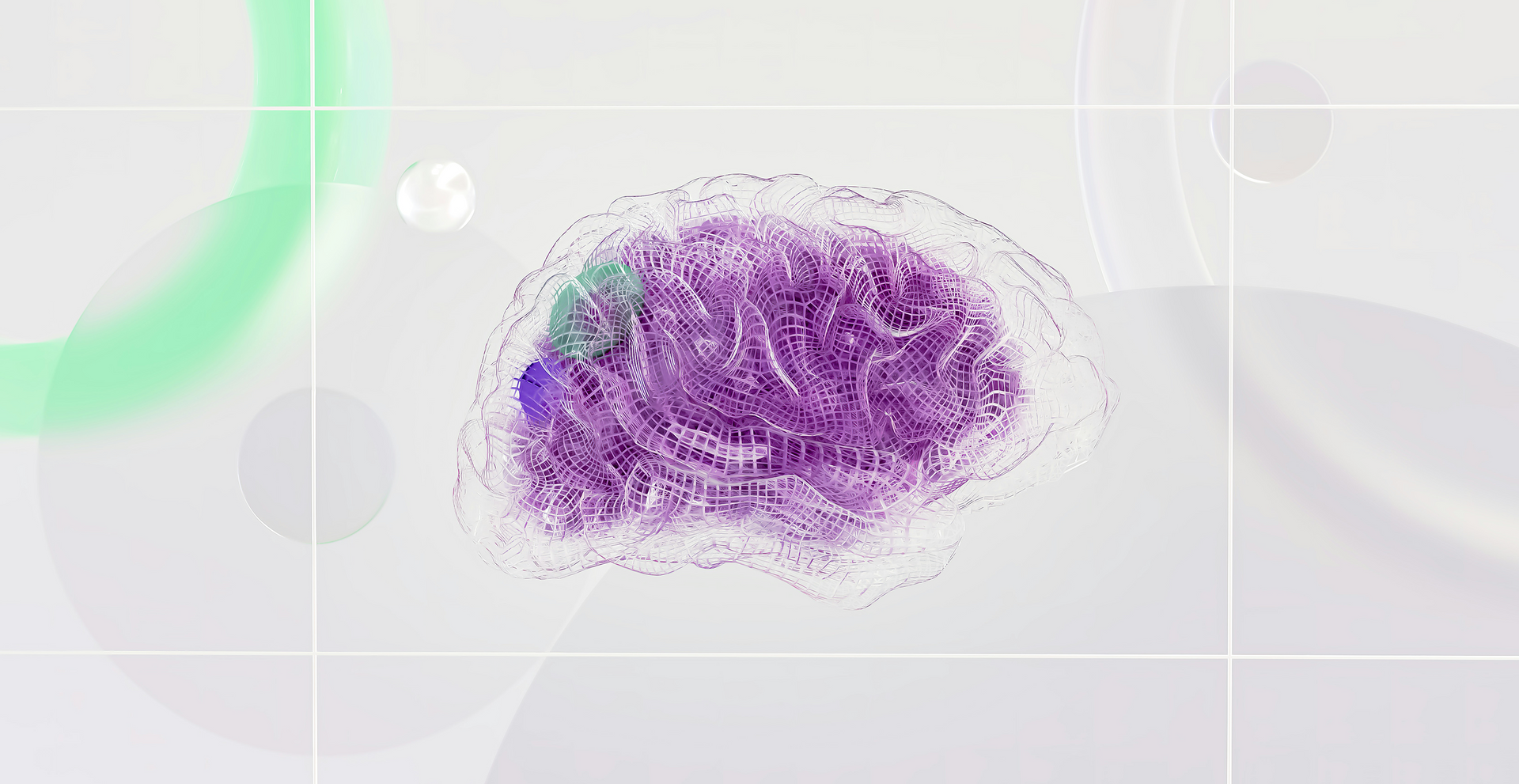Discover the Essentials of SPRAVATO® and Its Side Effects
In recent years, Spravato has emerged as a groundbreaking treatment for managing depression-resistant cases. The Food and Drug Administration (FDA) has approved Spravato, ensuring its safety and efficacy for patients. If you’re grappling with this mental health challenge or know someone who is, understanding Spravato’s benefits and potential side effects is crucial. This blog will shed light on what Spravato is, its uses, dosage, side effects, cost, and more.
WHAT IS SPRAVATO® NASAL SPRAY?
Spravato, also known by its generic name esketamine, is a prescription medication used to treat major depressive disorder (MDD) in adults. It’s particularly designed for those who haven’t responded well to other treatments.
Administered as a nasal spray, Spravato works differently from traditional antidepressants, offering hope to many people struggling with treatment-resistant depression.
Unlike conventional antidepressants, Spravato acts on the brain’s glutamate system, which is believed to play a key role in mood regulation. This novel mechanism can lead to rapid improvement in symptoms, often within hours or days. Spravato is typically used in conjunction with an oral antidepressant to enhance its effectiveness.
The FDA approved Spravato in 2019, marking it as a significant advancement in the treatment of depression. Since then, it has gained widespread recognition for its potential to provide relief to those who haven’t found success with other medications. Clinical trials demonstrated the effectiveness of Spravato, but also highlighted common side effects such as sedation, dissociation, and respiratory depression.
HOW DOES SPRAVATO® WORK?
Spravato contains esketamine, a derivative of ketamine, which is known for its anesthetic and pain-relieving properties. However, esketamine is used at much lower doses for its antidepressant effects. When administered as a nasal spray, Spravato quickly reaches the brain, where it influences the activity of neurotransmitters to help improve depression symptoms.
Esketamine primarily targets the NMDA receptors in the brain, which are involved in synaptic plasticity and mood regulation. By modulating these receptors, Spravato helps restore the balance of neurotransmitters, leading to an improvement in depressive symptoms. This mechanism of action is distinct from traditional antidepressants, which often target serotonin or norepinephrine.
One of the key advantages of Spravato is its rapid onset of action. While traditional antidepressants may take weeks to show effects, many patients experience relief within hours or days of starting Spravato. This makes it a valuable option for individuals in urgent need of symptom relief.
Uses of SPRAVATO® for Treatment Resistant Depression (TRD)
Spravato is primarily used to treat major depressive disorder (MDD) in adults who have not responded adequately to other antidepressant treatments. This condition is often referred to as treatment-resistant depression. Patients with treatment-resistant depression may have tried multiple antidepressants without significant improvement in their symptoms. Spravato is specifically approved to treat depression in adults with treatment-resistant depression.
In addition to MDD, Spravato may also be used in combination with an oral antidepressant to reduce the risk of relapse in individuals who have achieved symptom remission. This combination therapy can help maintain the benefits of treatment and prevent the recurrence of depressive episodes.
It’s important to note that Spravato is not intended for use in children or adolescents. The safety and effectiveness of Spravato in these age groups have not been established, and its use should be limited to adult patients under the supervision of a healthcare provider.
dosage and administration
Spravato is administered as a nasal spray in a healthcare setting under the supervision of a qualified healthcare professional. The dosage and frequency of administration are determined based on the individual's specific needs and response to treatment.
Typically, the initial treatment phase involves twice-weekly administration for the first four weeks. During this period, patients receive a higher dose to achieve a rapid reduction in symptoms. After the initial phase, the frequency of administration is gradually reduced to once weekly or once every two weeks, depending on the patient's response.
It's important to follow the prescribed dosing schedule and attend all scheduled appointments to ensure the best possible outcome. Missing doses or deviating from the recommended regimen can affect the effectiveness of treatment and may lead to suboptimal results.
Patients receiving Spravato are closely monitored for potential side effects and adverse reactions, especially during the initial phase of treatment. Healthcare providers may also conduct regular assessments to evaluate the patient's response to therapy and make any necessary adjustments to the treatment plan.
potential side effects of SPRAVATO®
Common Side Effects:
- Dizziness
- Dissociation (feeling disconnected from oneself)
- Nausea
- Headache
- Sedation
- Allergic reaction symptoms: rash, itching, swelling, severe dizziness, trouble breathing
Less Common but More Serious Side Effects:
- Increased blood pressure
- Difficulty breathing
- Allergic reactions
Like any medication, Spravato may cause side effects. It’s important for patients to be aware of these potential adverse reactions and discuss them with their healthcare provider. Most side effects are mild to moderate in severity and tend to improve over time as the body adjusts to the medication.
Common side effects of Spravato include dizziness, dissociation (feeling disconnected from oneself), nausea, headache, and sedation. These effects are usually transient and occur shortly after administration. Patients may be advised to remain at the healthcare facility for a period of time after receiving the medication to ensure their safety and monitor for any adverse reactions. Additionally, patients should be aware of the potential for an allergic reaction, which can include symptoms such as rash, itching, swelling, severe dizziness, and trouble breathing.
Less common but more serious side effects may include increased blood pressure, difficulty breathing, and allergic reactions. If any of these symptoms occur, it’s important to seek immediate medical attention. Healthcare providers are trained to manage these potential risks and provide appropriate care as needed. It is crucial to monitor blood pressure regularly, especially before and after Spravato treatments, to prevent complications such as heart attack or stroke. There is also a risk of respiratory depression, requiring monitoring for symptoms like slow and ineffective breathing for at least 2 hours after each dose. Furthermore, there is an increased risk of dependence and misuse, particularly in individuals with a history of substance misuse, necessitating close monitoring and adherence to a risk evaluation and mitigation strategy program.
To minimize the risk of side effects, it’s essential to follow the prescribed dosing schedule and inform the healthcare provider of any pre-existing medical conditions or medications being taken. Regular communication with the healthcare team can help ensure a safe and effective treatment experience.
how much does SPRAVATO® cost?
The cost of Spravato can vary depending on several factors, including the dosage, frequency of administration, and the healthcare provider's fees. On average, the cost of a single treatment session can range from $500 to $1,000. Given the frequency of administration, the total cost of treatment can add up over time.
Insurance coverage may help offset some of the costs associated with Spravato. Many insurance plans, including Medicare and Medicaid, provide coverage for Spravato when prescribed for treatment-resistant depression. However, coverage policies can vary, so it's important to check with the insurance provider to understand the specific terms and conditions.
For individuals without insurance or those facing financial challenges, there may be assistance programs available to help reduce the cost of treatment. These programs, offered by the manufacturer or other organizations, can provide financial support or discounts to eligible patients. Healthcare providers can provide information on available assistance programs and guide patients through the application process.
Frequently Asked Questions about Clinical Trials
Q: How long does it take for Spravato to work?
A: Spravato can provide rapid relief from depressive symptoms, with some patients experiencing improvement within hours or days of starting treatment. However, individual response times may vary, and it’s important to follow the prescribed dosing schedule and attend all scheduled appointments for optimal results.
Q: Is Spravato addictive?
A: Spravato has a low potential for abuse and dependence when used as prescribed under the supervision of a healthcare provider. However, it’s important to follow the prescribed dosing schedule and inform the healthcare provider of any history of substance abuse or addiction.
Q: Can I drive after receiving Spravato?
A: Due to the potential for dizziness and sedation, patients are advised not to drive or operate heavy machinery for at least 24 hours after receiving Spravato. It’s important to arrange for transportation to and from the healthcare facility for treatment sessions.
Q: Are there any drug interactions with Spravato?
A: Yes, it's really important to be aware of potential drug interactions when taking Spravato. Make sure to tell your healthcare provider about all the medications you're using, including prescription drugs, over-the-counter meds, vitamins, herbs, and supplements. Sometimes, you might need to take extra precautions or adjust dosages when certain medicines are taken with Spravato.
how to get started with SPRAVATO®
If you or a loved one is struggling with treatment-resistant depression, exploring Spravato as a treatment option may be beneficial. The first step is to consult with a healthcare provider who specializes in mental health and has experience with Spravato. Understanding the Spravato treatment process and consulting with a healthcare provider is crucial.
During the consultation, the healthcare provider will assess your medical history, current symptoms, and previous treatment experiences to determine if Spravato is a suitable option. They will also provide detailed information on the treatment process, potential side effects, and what to expect during and after treatment.
It’s important to have an open and honest conversation with the healthcare provider, sharing any concerns or questions you may have. This will help ensure that you have a clear understanding of the treatment and can make an informed decision.
Take the Next Step with SW Florida TMS & Ketamine
For more information and to explore whether Spravato is right for you, schedule a consultation with a healthcare provider today. Taking this step could be the start of a new chapter in your journey toward better mental health.
At SW Florida TMS & Ketamine, we are here to help you fight the battle against depression and other mental health issues such as anxiety, OCD, PTSD, and more. You can reach us at (239) 935-5599 or fill out our contact form to learn more about our treatment options.
Cited Sources:
Yang, Siyuan et al. “Adverse Effects of Esketamine for the Treatment of Major Depression Disorder: Findings from Randomized Controlled Trials.” The Psychiatric quarterly vol. 93,1 (2022): 81-95. doi:10.1007/s11126-020-09871-x
MENTAL HEALTH SERVICES
BOOK A CONSULTATION
Knowing that you are not alone is of utmost importance. Seek assistance for depression today!
OUR SERVICE SUPPORTS MENTAL WELLNESS
- Depression
- Lack of Joy
- Sadness and Despair
- Low Mood
- Lethargy
- Insomnia
- Oversleeping
- Social Isolation
- Self-Harm
- Substance Abuse
- Suicidal Ideation
- Alcoholism









